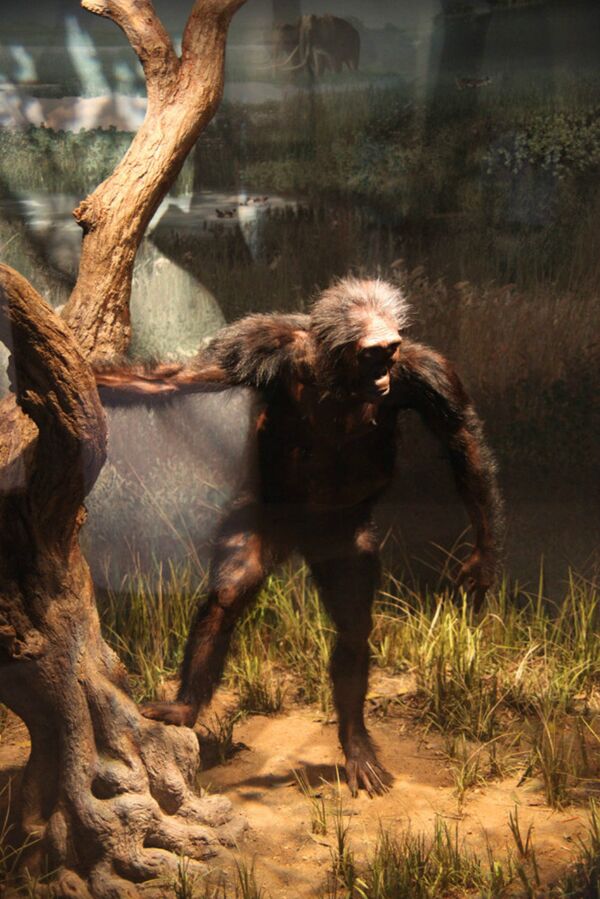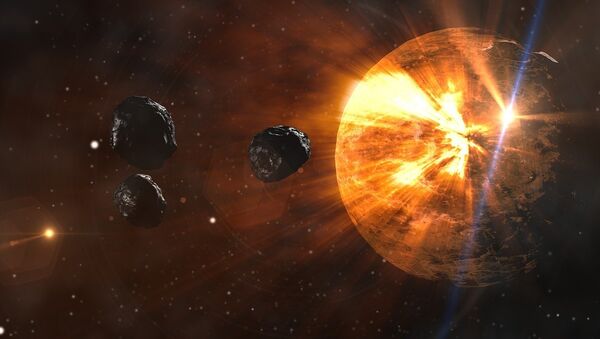NASA's robotic Lucy mission, scheduled to visit six Trojan asteroids that circle the sun along Jupiter's path, passed its critical design review (CDR) on 18 October, the agency’s officials have announced.
During the four-day CDR, independent experts assessed all aspects of Lucy's design, finally signaling that the mission could proceed to the manufacturing phase.
"This is a very exciting time for us, because we are moving beyond the design phase and are really starting to build the spacecraft. It is finally becoming real!" said Lucy principal investigator Hal Levison, from the Southwest Research Institute in Boulder, Colorado, in a statement on 21 October.
The term Trojan asteroids was coined when it was decided to name all asteroids discovered at the L4 and L5 points of Jupiter after warriors in the Trojan war, Greek and Trojan respectively. The Trojan asteroids orbit the sun in two clumps, one ahead of Jupiter ("leading swarm") and one behind the gas giant ("trailing swarm").
Scientists believe they are leftover relics from the long-ago formation of the outer planets, as early on, the birth of Jupiter prevented any planetary bodies from forming in the gap between Mars and Jupiter, causing the small objects there to collide with each other and fragment into the asteroids seen today.
"These primitive bodies hold vital clues to deciphering the history of the solar system, and perhaps even the origins of life and organic material on Earth," says an official NASA Lucy mission description.
Lucy is set to launch in October 2021, zoom past Earth twice for "gravity assists" and fly by its first asteroid in April 2025.
That rock, (52246) Donaldjohanson, is situated in the main asteroid belt between Mars and Jupiter.
Lucy will then fly by four Trojans in the leading swarm, with the close-ups set for August 2027, September 2027, April 2028 and November 2028.
The spacecraft's orbit will bring Lucy back toward the sun, and when it heads outward again, it will be on a trajectory toward the trailing swarm.
The probe is anticipated to fly past a trailing-swarm binary Trojan in March 2033 as it wraps up its mission.
The mission was named Lucy after the famous, 3.2-million-year-old hominid fossil discovered in Ethiopia in 1974 by paleontologists Donald Johanson and Tom Gray.

Just as that find shed light on humanity's origins, it is hoped the Lucy spacecraft will offer insights into the early years of the solar system.
Lucy is part of NASA's Discovery Program of low-cost planetary exploration missions, with its development budget capped at about $450 million, according to the space agency.


